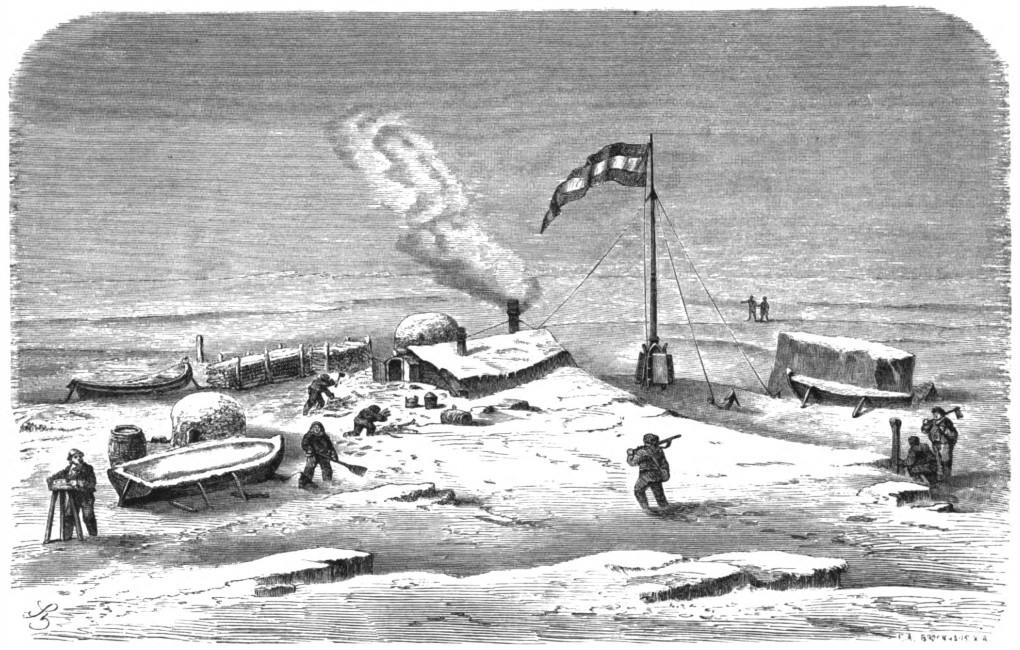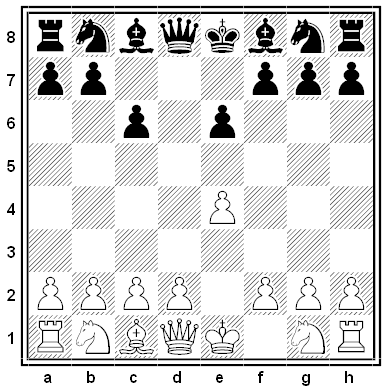
A problem from the Graham Dial, a publication of Graham Transmissions Inc., via L.A. Graham’s The Surprise Attack in Mathematical Problems (1968):
Little Euclid went with his father to visit a friend who ran a small ranch. The rancher told them that he and his partner used to herd cattle but had then sold the herd for as many dollars per head as there were head in the herd. With the proceeds they had bought as many sheep as they could at $10.00 per sheep, and with the money that remained they bought a dog. Later the rancher and his partner decided to split up evenly, so they added the dog to the herd and each of them took the same number of animals.
Euclid surprised him by saying, “I hope you paid him $2.00 to even things up.”
“Why, yes, I did,” the rancher said, “but how did you know? I haven’t told you any of the numbers or prices.” Can you prove that Little Euclid had to be correct?






